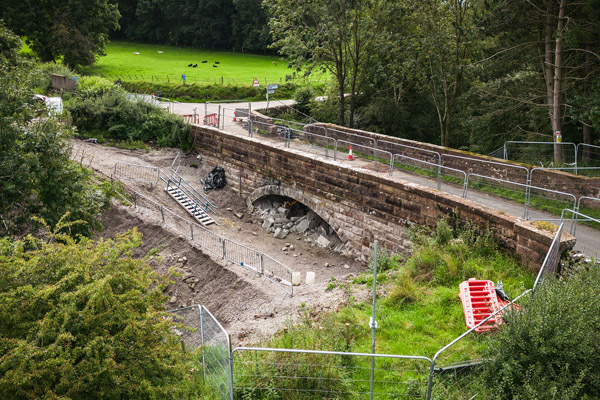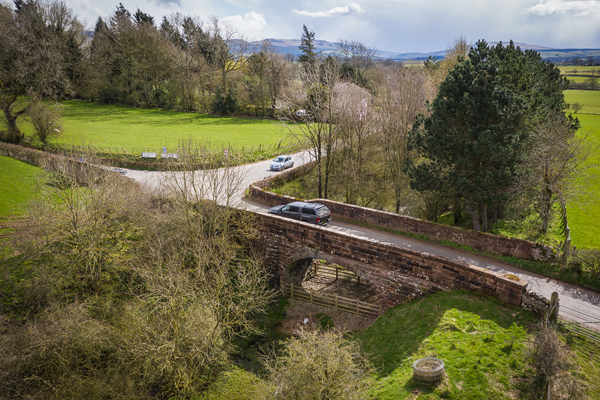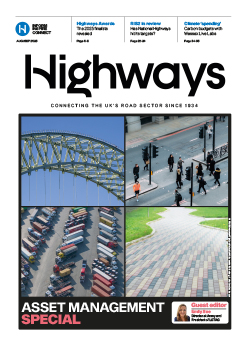Campaigners have welcomed work by National Highways to restore a historic railway bridge in Cumbria that it controversially filled in with concrete two years ago.
In 2021, the government-owned company buried the masonry arch at Great Musgrave in 1,600 tonnes of stone and concrete despite doubts raised by the then planning authority as to whether it was entitled to do so.
National Highways, which manages the Historical Railway Estate on behalf of the Government, claimed that the work was necessary to stop the structure collapsing but the HRE Group pointed to inspection reports describing it as being in 'fair' condition, with only a few minor defects.

Image: The HRE Group
The ‘permitted development’ rights that National Highways cited to carry out the ‘emergency’ works last for only 12 months, requiring the company to make a retrospective planning application, which was turned down in June 2022.
An enforcement notice was issued for the removal of the concrete and National Highways said it had amended its processes to ensure that full planning permission is sought before similar work is carried out.
However, the company has been told that it must apply for planning permission to retain two other infill schemes carried out in the meantime.
The work to remove the concrete at Great Musgrave has to be completed by 11 October, with the road over the bridge closed in the meantime.
In spring National Highways cored two holes and broke out sections of the concrete, which I said ‘came out as expected’.
Work to remove the infill ‘safely and expeditiously’ began on 17 July and is expected to finish by 13 October.
The company said this is separate to any strengthening work required so the bridge can be re-opened for safe public use.
Graeme Bickerdike, a member of The HRE Group, said: ‘The re-emergence of Great Musgrave bridge is obviously very welcome, restoring a valued landscape asset that’s embedded in the community’s history and might yet play a role in its future, spanning a proposed link between two heritage railways.’

The bridge before the infilling. Image: The HRE Group





